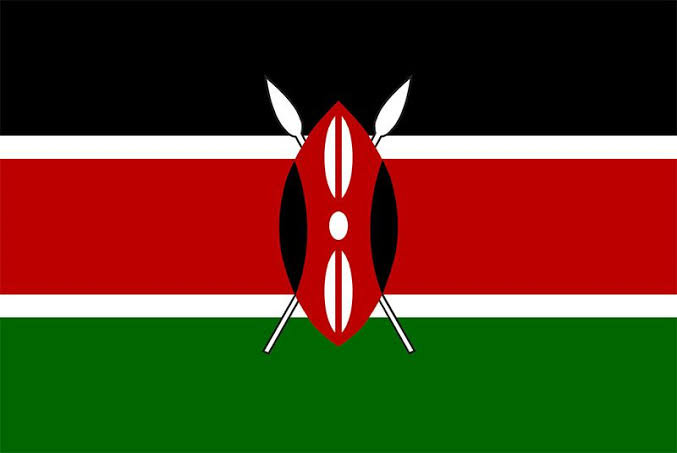Kenya’s stock of external debt and liabilities rose by 8.5 percent in the third quarter of 2022 to Sh4.72 trillion, as the country’s total debt rises to the Sh9 trillion mark.
This is following a rise in the external loans from multilateral lenders by 15.9 percent which accounted for the bulk of external debt of Sh1.97 trillion as of September 2022, Kenya National Bureau of Statistics (KNBS) data revealed.
KNBS’s Quarterly Balance of Payments report showed that as of the end of September, 2021 the external debt was Sh3.94 trillion.
“The stock of external debt largely comprises of loans which accounted for 78.9 per cent of the stock of external public debt of government at the end of September 2022,” the Kenya National Bureau of Statistics report read.
In the period under review, the stock of debt securities attributable to the government similarly rose from Sh820.2 billion at the end of September 2021, to Sh902.7 billion at the end of September 2022.
The International Sovereign Bond, which is the main component of debt securities, rose from Sh784.5 billion in September 2021 to Sh870.7 billion in the same period last year, largely on account of exchange rate valuation.
Kenya’s public debt stock hit Sh8.74 trillion ($71.03 billion) in the review period which is 62.3 percent of the country’s gross domestic product (GDP).
The domestic debt stock stood at Sh4.38 trillion while the external debt stock was Sh4.35 trillion.
The debt stock is expected to grow further after the executive board of the International Monetary Fund (IMF) approved a Sh55.1 billion ($447.39 million) loan to Kenya, in December.
This paved the way for the immediate release of funds to the exchequer for budgetary support.
The approval followed a fourth review of the $2.34 billion (Sh288 billion) 38-month Extended Credit Facility (ECF) and the Extended Fund Facility (EFF) arrangements with Kenya.
Hence, Kenya’s cumulative disbursements under the EFF/ECF arrangements to about $1.655 billion (Sh203.84 billion).











